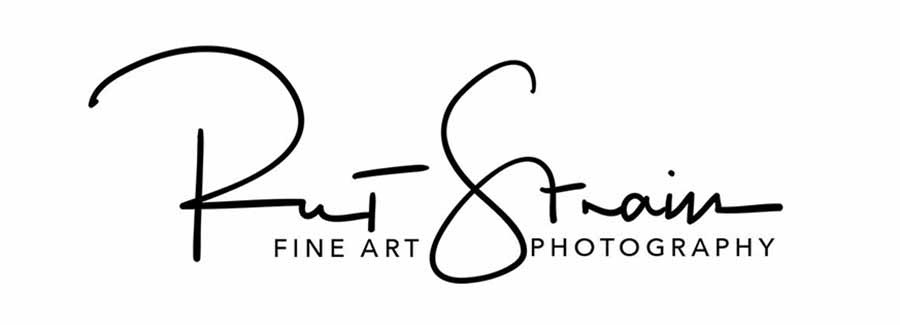DETAILS MATTER
It is said, “The devil is in the details.” There is nothing wrong with photographing interesting subjects with a smartphone and posting those images online. Sharing experiences in this way is one of the great benefits of digital photography. There are even ways to improve your attention to details with a smartphone so that you end up with stellar images. But this newsletter is more about what the important details are, how to incorporate them into your equipment, location and technique decisions so that you can end up with wall worthy prints that receive the compliments of your friends and family.
Hanging around a bunch of seasoned landscape photographers as much as I do, often leads to conversations and comparisons as to how much fine details show in a finished print. Fine detail is dependent on a number of factors, including lack of motion of the camera and lens during image capture, lens quality, sensor size, post processing handling and the print process itself. This is attention to “detail” but just a small portion of the attention to “details” that challenges photographers. If you have recently taken up or plan on taking up this wonderful activity, you should be comforted to know you can make a stellar image and put together an outstanding portfolio without competing in their “detail” realm.

For most of us, having eight foot wide prints in a gallery is just not likely to happen. But what size is likely? In my local galleries the highest number of sales of larger prints are either 20”x30” prints or 24”x36” metal prints. These sizes can be achieved with sufficient detail with just about any setup if you pay attention to technique. With the smaller format cameras and excellent quality lenses you should be able to produce prints up to five feet wide. Now, you should know there are these people around photography called “pixel peepers”. They will stand 18 inches from that five foot print to evaluate and point out deficiencies in detail. That is just not a realistic distance for that size print. So I recommend you look at them as you would a Facebook troll. Your five foot prints can look outstanding from a more realistic four foot distance!
One good friend sells dozens of prints every year through a gallery. None of those prints is greater than 24 inches wide. Almost all of his images are captured with a micro four-thirds camera! This is the size realm most of us will work within.
Landscape photographers in particular like to see images sharp from foreground to infinity. This is more of a matter of technique than equipment. We can go over the techniques necessary as you start getting proficient with your camera, including ways you can get eight foot prints from an APS-C sensor! Look for those articles in the future.
There is certain subject matter that calls for a softer image. Flowers, fog scenes, many abstracts, and motion photography are examples. If this is your interest, you will not have a problem with just about any camera and lens. In fact, Lensbaby lenses intentionally blur much of the image or a pleasing effect. For some subject matter, a larger sensor is going to be beneficial. A bird photographer with a huge lens and large sensor will certainly capture more detail so an image can be cropped, but that same photographer has to deal with more lens motion from the heavy and longer length lens. If you are a Photoboomer, lighter weight equipment is likely to give you equal or better results. Don’t be intimidated by those huge lenses! Remember, those photographers who have invested in huge lenses need to justify their purchases by claiming they are way better. It just isn’t so!
Size does not matter as much as people say! Learn to perfect your technique with equipment you can handle. That's where details matter. Technique trumps size.

This 14' wide and 25' tall wallpaper was made from a single full frame image. The key to making larger images work is viewing distance. If an image can be turned into this large of a print from a full frame image, it would certainly be possible to make a print two-thirds that width from an APS-C image and half that width from a MFT image.
Image by Patel Architecture
